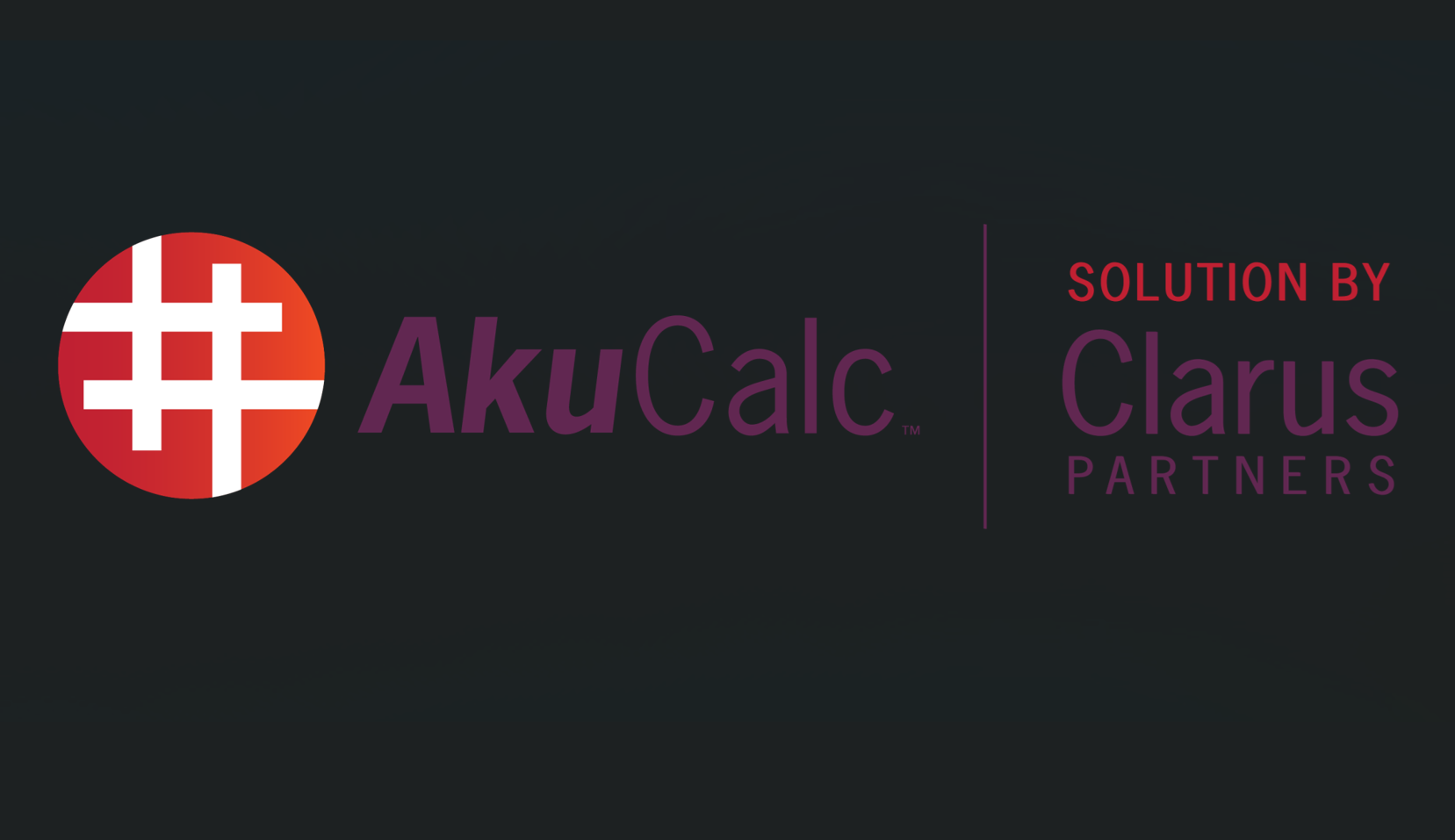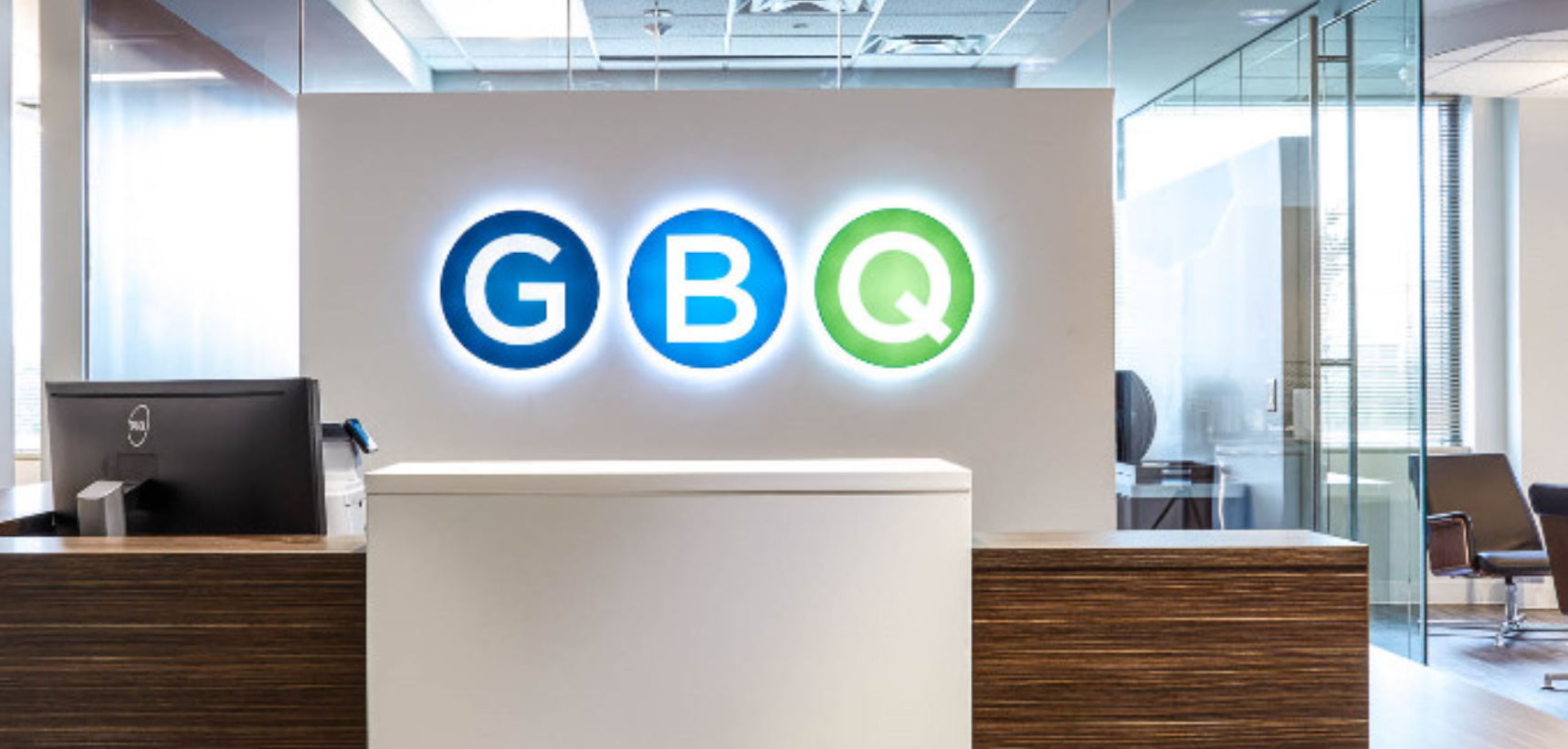The pandemic has created a new normal that is forcing companies to change rapidly. Twilio recently surveyed over 2,500 enterprise decision makers about digital transformation and the results were undeniable; 97% of decision makers said the pandemic has accelerated their digital transformation initiatives and 76% of said they’ve increased their digital transformation budgets. While accounting departments have historically been late adopters of new technologies, now is the time to engage clients on a digital transformation strategy.
In our new normal, CFOs and controllers have clarity on priorities and needs. A recent survey found that liquidity and cash flow management is the number one priority for most CFOs. Yet most accounting departments manage cash flow in an antiquated fashion using Outlook or Gmail, spreadsheets, and paper. Without modern cash management solutions, controllers are faced with past due receivables, unexpected payables, and cash leakage which are highly detrimental for cash flow.
For CFOs and controllers, digital transformation represents a conundrum of where to start. Most need an advisor who can demystify transformation by breaking it down into steps that can be sequenced into a journey, each step being valuable on its own and delivering benefits along the way. However, there are four critical steps that should be in every digital transformation journey.
Step one is to replace paper invoicing with email invoicing. Most accounting software supports the ability to send invoices by email if correctly configured, yet more than 35% of invoices are sent as paper creating a cash trap because it is both expensive and slow. Paper is also an office anchor in the era of remote work. To make cash flow worse, a paper invoice will also likely be paid with a paper check. The biggest barrier to eliminating paper is missing customer email addresses. Clients are typically missing between 30-50% of their customers’ email addresses because collecting missing emails requires an organized campaign that many controllers have not had to consider in the past. Helping clients set up new procedures for collecting emails via online registration or at the end of a phone call can put them on a path to stamping out paper.
Step two is to replace Outlook or Gmail personal inboxes with a shared accounting inbox. Personal inboxes are cash traps too – they are the blackholes, bottlenecks, and cracks that make cash flow management both manual and error-prone. To run an efficient operation, clients need a shared accounting inbox to coordinate and manage work by organizing emails for each vendor or customer, assigning emails to a specific owner, and tracking completion according to a service level agreement. Leveraging an accounting inbox allows a team to work remotely with complete visibility which, in today’s day and age, is imperative. The ability to have assignments, tracking, and reporting will eliminate surprises, leaks, and fire-drills for both accounts receivable and accounts payable. The need for an accounting inbox is a perfect opportunity to help clients evaluate, select, and implement a new solution.
Step three is to enable customer and vendor self-service. Clients’ inboxes are full of inquiries for status, statements, and updates especially at the end of month, quarter, and year. Avoiding those emails in the accounting inbox frees up time to focus on cash flow optimization such as getting early payment discounts on a payable or negotiating payment terms on past due receivables. Self-service portals give customers and vendors online access to their accounts which means they can get the critical information without having to email or make a phone call. Clients will need assistance implementing a customer or vendor self-service portal and, more importantly, clients will need help running promotional campaigns that drive adoption of the portal. Self-service portals transformation can deliver amazing improvements in cash flow with a holistic approach to implementation and adoption.
Step four is to replace spreadsheets with automated forecasting and reporting. Before the pandemic monthly cash flow estimates were common, however now, daily cash flow projections are being requested. Accounting departments cannot keep up using spreadsheets as a basis for tracking outstanding receivables and upcoming payables. Automated forecasting and reporting frees up the manual work of cutting and pasting spreadsheets together and provides a more accurate view of actual cash flow.
There are several take-aways.
- The first is that the most recent surges in the pandemic make it clear that remote work and digital payments are key to successfully managing cash flow in the new normal.
- The second is that digital transformation has been accelerated, and clients are looking for how to navigate this new normal. The third is digital transformation can and should be a journey of achievable steps.
- Finally, CPA firms who develop a digital transformation practice are poised to expand customer relationships.
=======
Matt Shanahan is a co-founder and the chief strategy officer for Lockstep Network. Lockstep connects the world’s accounting departments to help them work better together. Matt is helping accounting departments navigate digital transformation and is responsible for defining all go-to-market on product, channel, and marketing. Matt has over 30 years experience in the software industry and has held senior management positions at Globys, Azuqua, Scout Analytics, Documentum, and Accenture.
Thanks for reading CPA Practice Advisor!
Subscribe Already registered? Log In
Need more information? Read the FAQs
Tags: Accounting, Benefits




